5 Virtual Reality Architecture Design Courses Online: Mastering Digital Spatial Creation
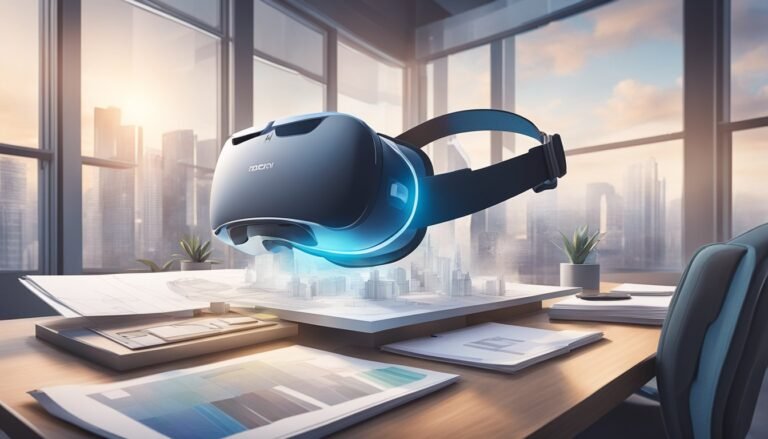
Virtual reality is changing how architects design buildings.
With VR, you can step inside 3D models and see spaces before they’re built.
This new tech is becoming a must-have skill for architects.
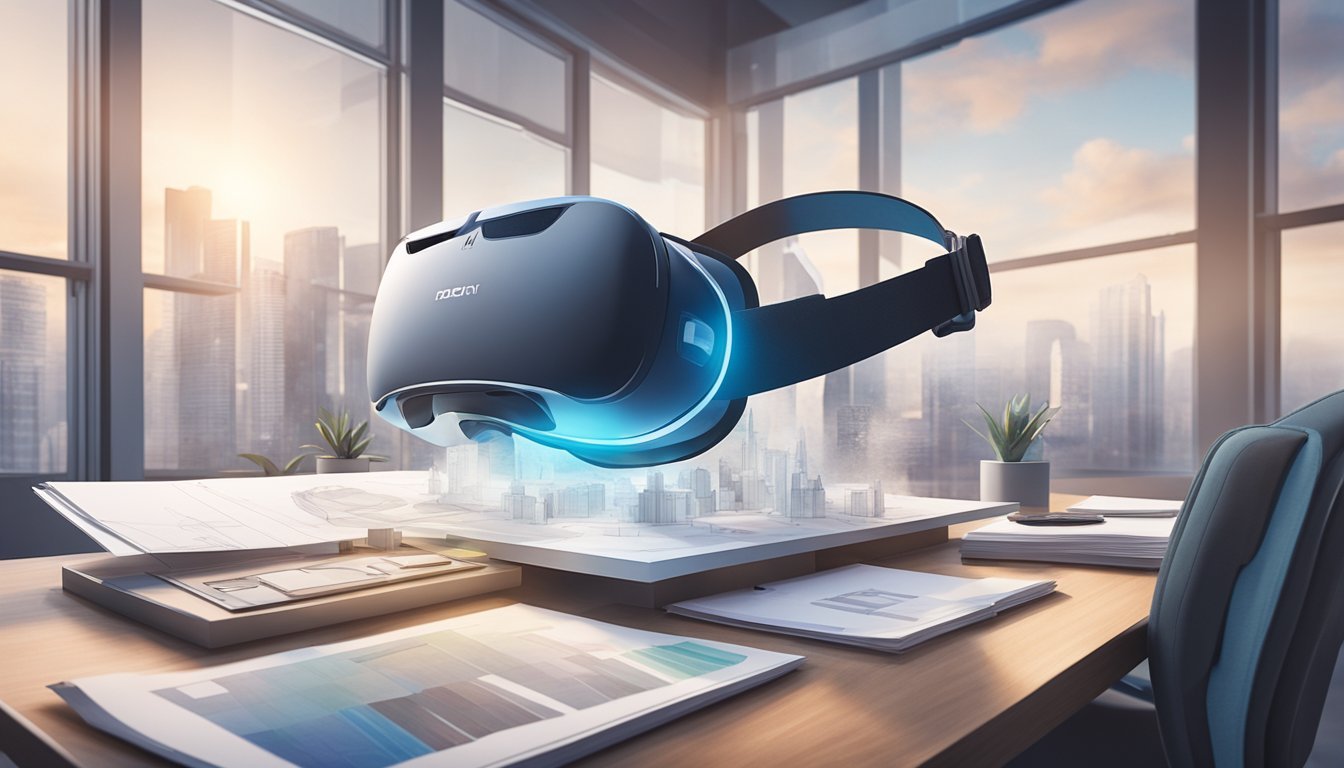
Online courses make it easy to learn VR for architecture. You can take classes from top schools and companies to master VR tools and techniques. These courses teach you how to create virtual walkthroughs and present designs in exciting new ways.
1) Introduction to Virtual Reality Architecture by Udacity
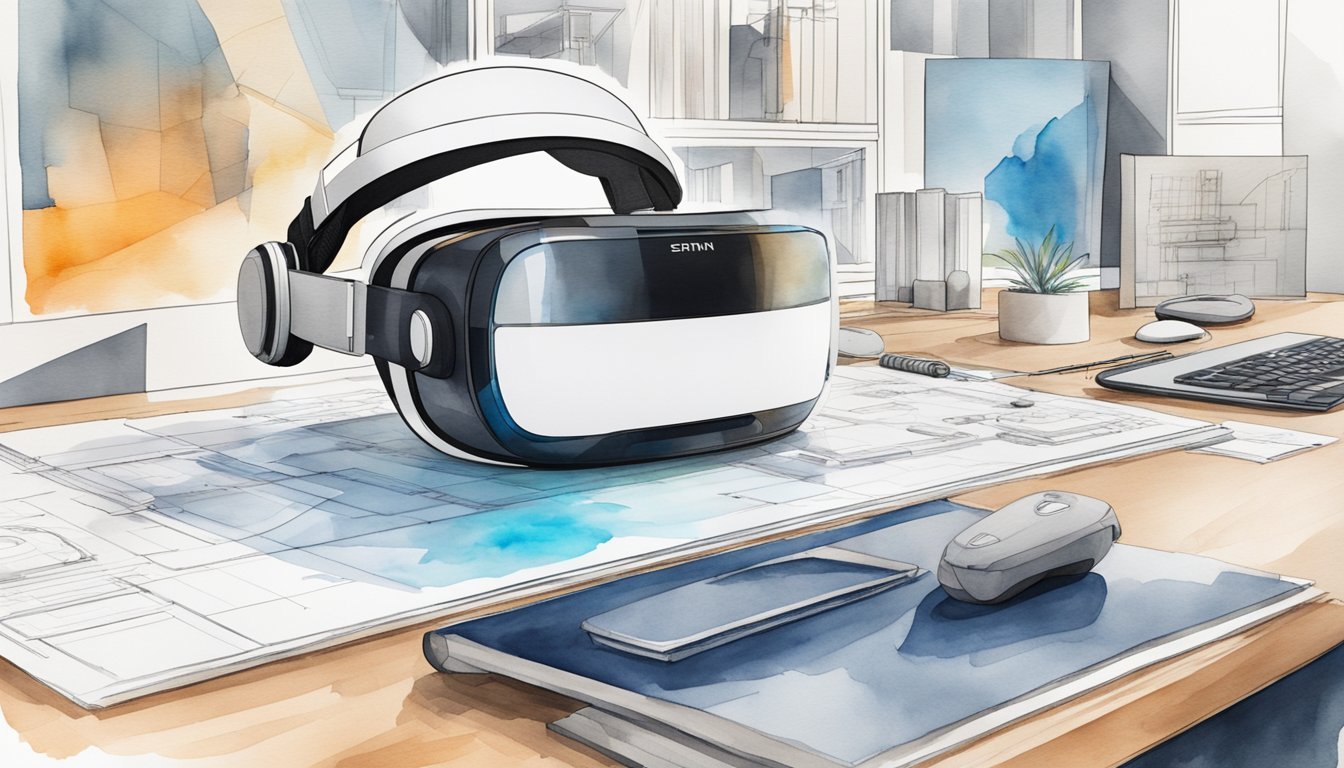
Udacity offers an Introduction to Virtual Reality course that covers the basics of VR technology.
This course is perfect for beginners who want to learn about VR in architecture.
You’ll learn about the principles of VR technology, including optics, displays, and tracking systems.
The course also covers major hardware platforms used in VR applications.
No prior programming experience is needed to start this course.
It’s designed to be accessible for students new to virtual reality.
The course was developed in collaboration with Google, ensuring you get industry-relevant knowledge.
You’ll gain practical skills that can be applied to architectural design projects.
Throughout the course, you’ll receive feedback on your project submissions.
Reviewers will provide helpful tips to improve your work and highlight areas for growth.
By the end of the course, you’ll have a solid foundation in VR technology.
This knowledge can be applied to create immersive architectural visualizations and interactive design experiences.
The course is offered online, allowing you to learn at your own pace.
You can fit the lessons into your schedule and revisit content as needed.
2) Virtual Reality Design by Coursera

Coursera offers a range of virtual reality courses that can help you learn VR design for architecture.
One standout option is the Virtual Reality Specialization from the University of London.
This program consists of five courses that teach you the basics of VR and how to create your own VR experiences.
You’ll start with an introduction to virtual reality and then move on to 3D models, VR development, and 3D interaction design.
By the end of the specialization, you’ll be able to design, test, and implement your own VR applications using Unity.
This skillset is valuable for architects looking to create immersive 3D models of their designs.
Coursera also partners with Google to offer AR and VR courses.
These classes can teach you how to build new immersive experiences in both augmented and virtual reality.
The platform’s flexibility allows you to learn at your own pace.
You can access course materials anytime, anywhere, making it easy to fit learning into your busy schedule.
Coursera’s courses are taught by experts from top universities and companies.
This ensures you’re getting high-quality, up-to-date information on VR design techniques and best practices.
3) Architectural Visualization in VR by edX
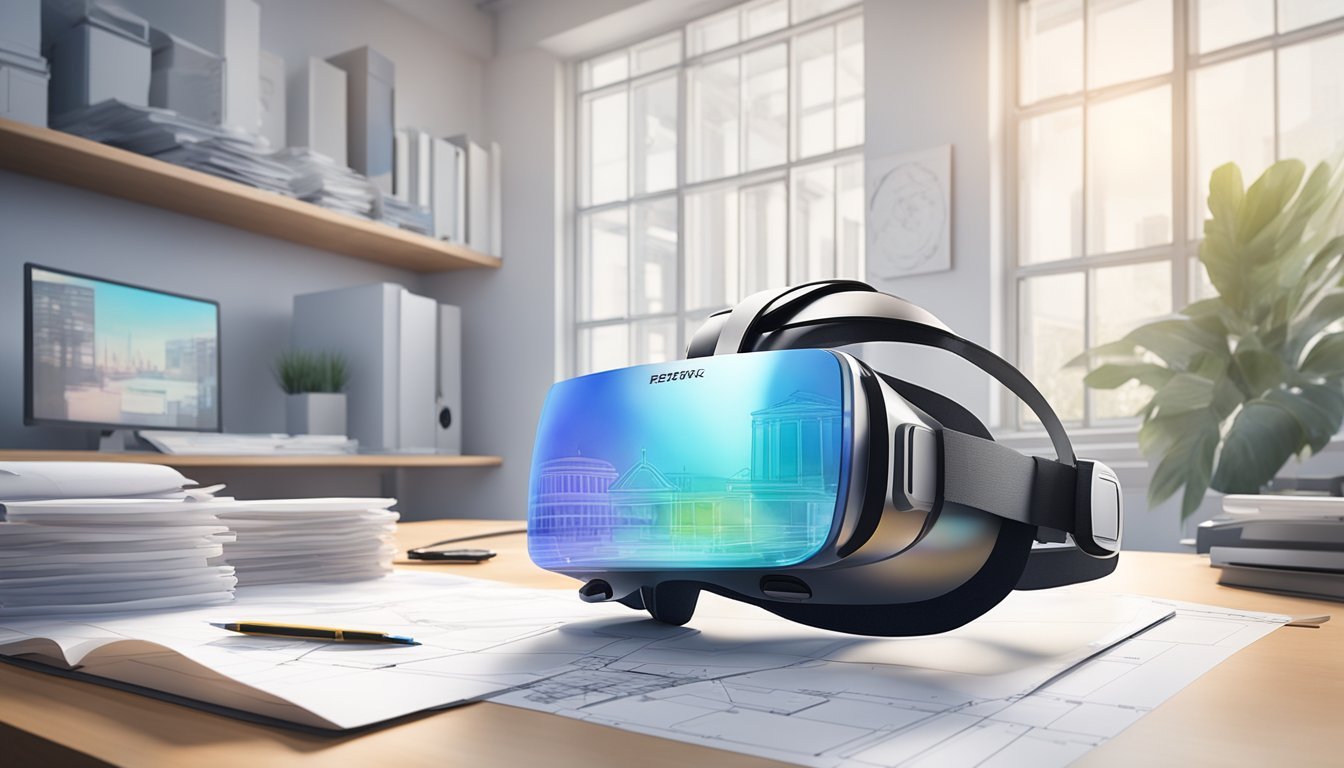
EdX offers a course on architectural visualization in virtual reality.
This course teaches you how to create immersive 3D environments for architectural designs.
You’ll learn to use industry-standard software to build detailed 3D models of buildings and spaces.
The course covers techniques for adding realistic textures, lighting, and materials to your designs.
A key focus is on creating interactive VR experiences of your architectural models.
You’ll discover how to optimize your 3D scenes for real-time rendering in VR headsets.
The course also explores how to present your designs effectively in virtual reality.
You’ll practice guiding clients through virtual walkthroughs and showcasing key features of your architectural concepts.
By the end of the course, you’ll be able to create professional-quality VR visualizations of your architectural designs.
This skill can help you communicate your ideas more clearly to clients and stakeholders.
The edX platform allows you to learn at your own pace.
You can access course materials anytime and complete assignments on a flexible schedule.
This course is suitable for architects, designers, and students looking to enhance their visualization skills.
No prior VR experience is required, but basic 3D modeling knowledge is helpful.
4) Designing for VR in Unity by Pluralsight
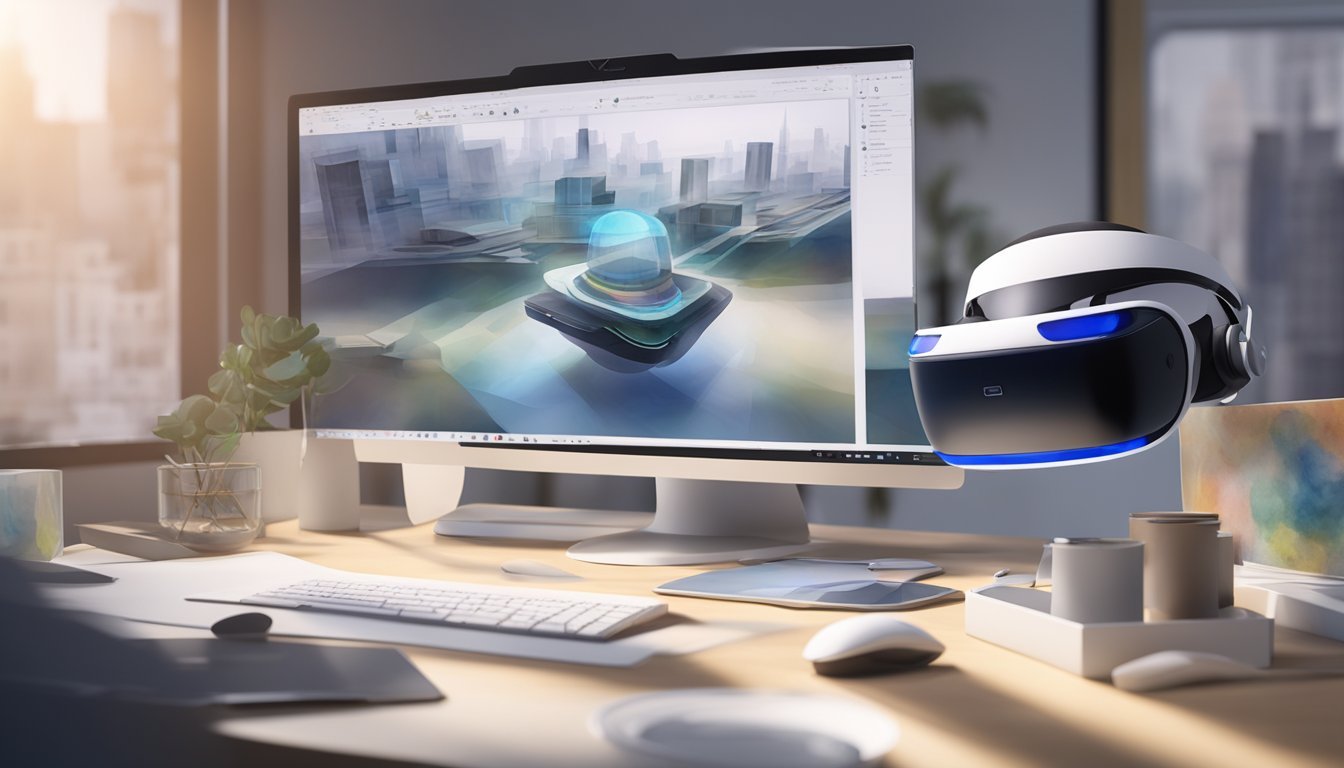
Designing for Virtual Reality is a course offered by Pluralsight that teaches you the basics of creating VR content using Unity.
This course is perfect if you’re interested in game development or interactive design for training, 360 animation, or medical applications.
You’ll learn how to design and develop a VR prototype from the ground up.
The course covers foundational knowledge essential for creating engaging virtual reality experiences.
Unity is a popular game engine that’s well-suited for VR development.
You’ll discover how to use Unity’s tools to bring your virtual worlds to life.
The course emphasizes practical skills.
You’ll learn approaches to designing VR environments that are both immersive and user-friendly.
Prototyping Virtual Reality Experiences is another related course from Pluralsight.
It focuses on quickly creating and testing VR prototypes to determine if a concept is worth pursuing further.
In this course, you’ll learn how to rapidly iterate on your VR ideas.
This skill is crucial for developers who need to assess the engagement and intuitiveness of their concepts before committing to full-scale development.
These courses provide a solid foundation for anyone looking to enter the field of VR design.
They offer hands-on experience with Unity and teach you to create compelling virtual reality content.
5) Virtual Reality Architect Training by VRX Academy
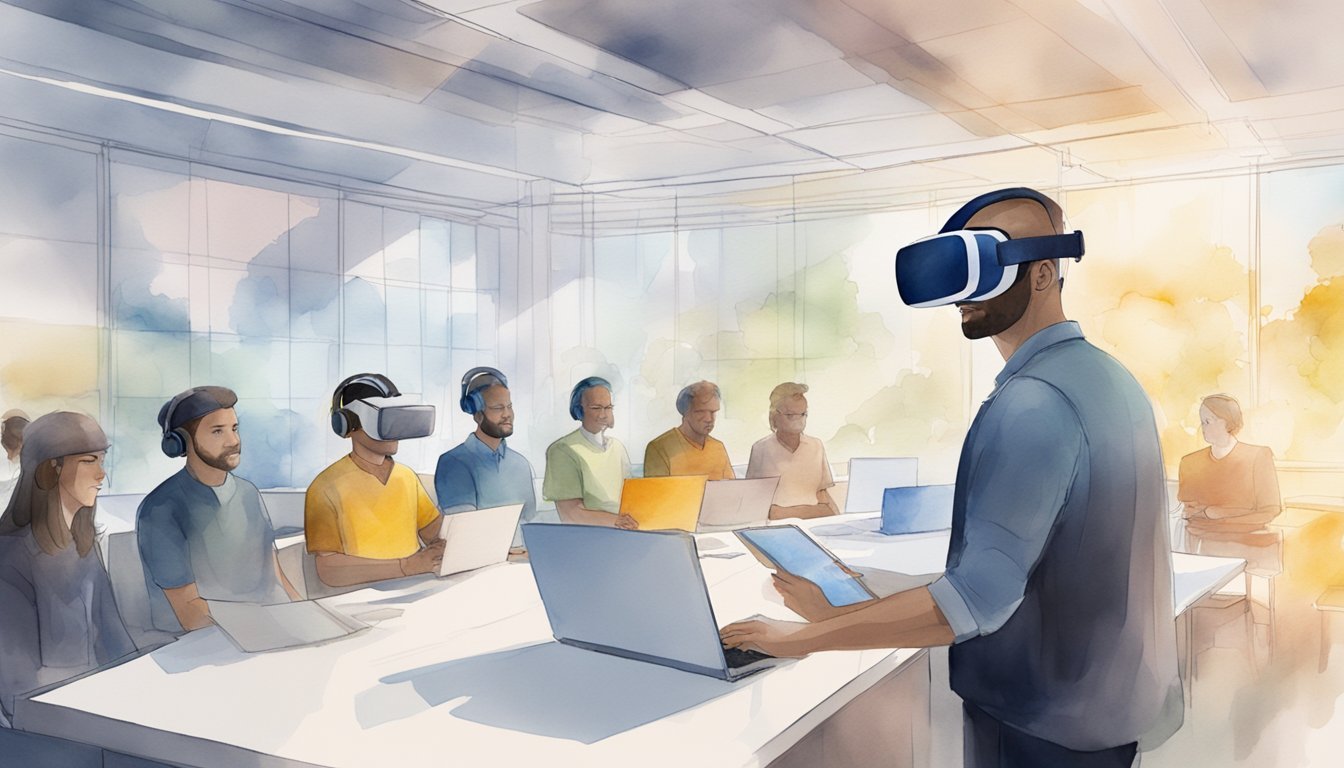
VRX Academy offers a comprehensive course for architects looking to enter the world of virtual reality design.
This program teaches you the skills needed to create immersive VR experiences for architectural projects.
You’ll learn how to use industry-standard VR software and hardware.
The course covers tools like Unreal Engine and Oculus Rift headsets.
These are essential for creating virtual spaces that clients can explore.
The training focuses on practical, hands-on experience.
You’ll work on real-world projects to build your portfolio.
This helps you apply your new skills right away.
VRX Academy’s instructors are professionals with years of experience in VR architecture.
They provide expert guidance and feedback on your work.
You’ll also have access to online resources and a community of fellow students.
The course teaches you how to transform 3D models into VR environments.
You’ll learn to add interactive elements and realistic lighting.
These skills help bring your architectural designs to life in virtual space.
By the end of the program, you’ll be able to create professional-quality VR experiences.
This skill set can give you an edge in the competitive field of architecture.
Many firms now seek architects with VR expertise to enhance their design processes.
Benefits of Virtual Reality in Architecture
Virtual reality brings major improvements to architectural design and client interactions.
It changes how buildings are planned and presented.
Enhanced Visualization
VR lets architects and clients see designs in lifelike 3D.
You can walk through virtual buildings before they’re built.
This helps spot issues early.
VR shows how light, colors, and materials will look in real life.
You can test different design options quickly.
Making changes is easier and faster in VR than with physical models.
Virtual reality in architecture helps clients understand designs better.
They can give more useful feedback.
This leads to fewer costly changes later.
Improved Collaboration
VR lets teams work together from anywhere.
Architects in different offices can meet in virtual models.
They can point out issues and make changes in real-time.
Clients can join these virtual meetings too.
They see exactly what the designers see.
This speeds up decision-making and approvals.
VR makes it easier to share ideas with builders and contractors.
Everyone understands the design better.
This cuts down on mistakes during construction.
Cost Efficiency
Using VR can save money in several ways.
It reduces the need for physical models and mockups.
These can be expensive and time-consuming to make.
VR helps catch design flaws early.
Fixing problems in VR is much cheaper than fixing them during construction.
This can save time and money on big projects.
VR presentations can impress clients.
They may be more likely to approve designs quickly.
This can lead to faster project starts and completions.
Key Components of a VR Architecture Course
VR architecture courses combine cutting-edge technology with design principles.
You’ll learn about VR hardware, software tools, and how to apply architectural concepts in virtual spaces.
VR Technology Fundamentals
VR headsets are the core of any VR architecture course.
You’ll get hands-on experience with devices like the Oculus Rift and HTC Vive.
These headsets let you step into virtual buildings and explore designs in 3D.
Motion controllers are crucial for interacting with virtual objects.
You’ll practice using these to move, scale, and modify elements in your designs.
Understanding VR tracking systems is important.
You’ll learn how these systems map your real-world movements to the virtual space, allowing for realistic navigation.
Courses often cover VR-specific design considerations.
This includes optimizing for different field-of-view ranges and minimizing motion sickness in your virtual environments.
Architectural Design Principles
In VR architecture courses, you’ll apply traditional design concepts to virtual spaces.
This includes studying proportion, scale, and spatial relationships in 3D environments.
Lighting design takes on new importance in VR.
You’ll learn how to create realistic and atmospheric lighting that enhances your virtual buildings.
Material selection and texturing are key skills.
You’ll practice choosing and applying materials that look convincing in VR.
Courses often focus on creating immersive experiences.
You’ll learn how to design spaces that feel authentic and engaging when viewed through a VR headset.
Software and Tools
3D modeling software is essential for VR architecture.
You’ll likely use programs like SketchUp, Revit, or Rhino to create your base models.
VR-specific design tools are a big part of these courses.
Software like Enscape or Twinmotion lets you quickly turn 3D models into interactive VR experiences.
You’ll learn about game engines like Unity or Unreal Engine.
These powerful tools allow for advanced interactivity and real-time rendering in your VR projects.
Collaboration tools are often covered.
Programs that allow multiple users to view and edit VR spaces together are becoming important in the field.
Career Opportunities with VR Architecture Skills
Virtual reality skills open up exciting new career paths for architects.
These roles blend design expertise with cutting-edge technology to create immersive architectural experiences.
Architectural Visualization Specialist
As an architectural visualization specialist, you’ll bring designs to life in virtual reality.
You’ll create detailed 3D models and environments that clients can explore before construction begins.
Your work will help architects and clients spot potential issues early.
This saves time and money in the building process.
You’ll use VR tools to showcase different design options, materials, and lighting setups.
Key skills for this role include:
- 3D modeling software proficiency
- VR development tools knowledge
- Strong visual design abilities
- Understanding of architectural principles
Many firms now seek specialists who can create virtual walkthroughs and interactive 3D models of architectural designs.
Virtual Reality Developer
As a VR developer in architecture, you’ll build custom VR applications for design and presentation.
You’ll work closely with architects to turn their visions into interactive VR experiences.
Your role involves:
- Programming VR interactions and interfaces
- Optimizing 3D models for real-time rendering
- Implementing realistic lighting and textures
- Troubleshooting technical issues
You’ll need strong coding skills, especially in game engines like Unity or Unreal.
Knowledge of VR hardware and design principles is crucial.
This role offers the chance to shape how architects use VR in their work.
You might develop tools for collaborative design reviews or create VR-based training simulations for construction teams.
Urban Planner
VR skills can enhance your career as an urban planner.
You’ll use virtual reality to visualize and test urban development ideas on a large scale.
With VR, you can:
- Create virtual city models to assess planning decisions
- Simulate traffic flow and pedestrian movement
- Visualize the impact of new buildings on skylines and views
- Engage communities in immersive public consultations
Your VR skills will help stakeholders understand complex urban plans more easily.
You’ll need to combine urban planning expertise with VR development knowledge.
This role requires strong analytical skills and the ability to interpret data in 3D environments.
You’ll work with city officials, developers, and community groups to shape the future of urban spaces.
Frequently Asked Questions
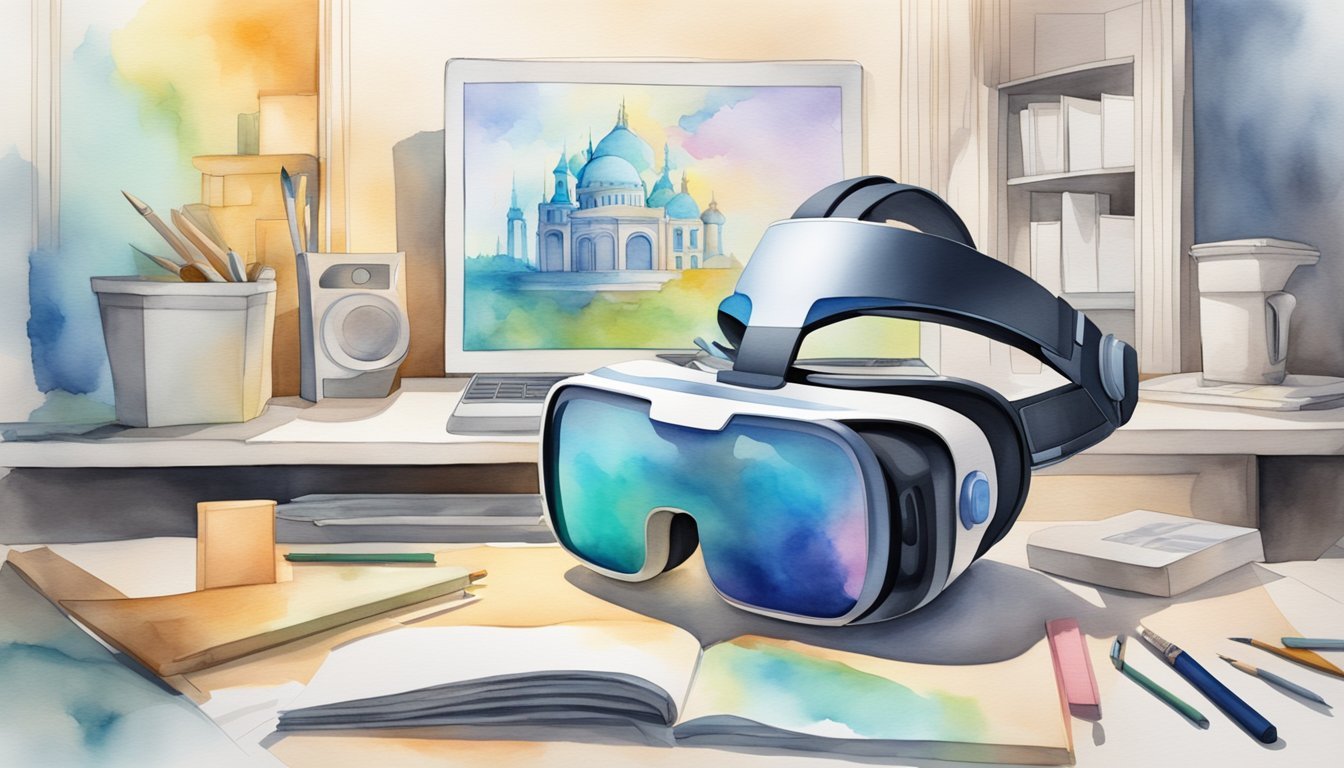
Virtual reality architecture design courses offer exciting opportunities for professionals and students.
These programs teach valuable skills for creating immersive 3D environments.
What are the top-rated virtual reality architecture design courses available online?
Top-rated courses include Architectural Visualization in VR by edX and Virtual Reality Design by Coursera.
These programs cover essential topics like 3D modeling and interactive design for VR environments.
Are there any free virtual reality architecture design courses I can take online?
Some platforms offer free introductory courses or trial periods.
You can find basic VR design tutorials on YouTube or explore free resources from universities and educational websites.
What should I look for in a virtual reality course syllabus when considering online courses?
Look for courses covering 3D modeling, VR software tools, and interactive visualization techniques.
Hands-on projects and industry-relevant software training are key components of effective VR design courses.
What educational background is required to become a professional in virtual reality design?
A background in architecture, 3D design, or computer science is helpful.
Many VR designers have degrees in these fields, but self-taught professionals can also succeed with strong portfolios.
How can I start a career in virtual reality as a VR architect or designer?
Start by learning VR design software and 3D modeling tools.
Build a portfolio of VR projects and network with professionals in the field.
Consider internships or entry-level positions at VR design firms.
Where can I find virtual reality design classes near my location?
Check local universities, community colleges, and tech schools for VR design courses.
Online platforms like Coursera and edX offer location-independent learning options for VR architecture and design.

